Our staff comes across a lot of novel and potentially great products during the course of the week. If readers like this (let us know!), we’ll periodically share these quick roundups on the blog. If you see something cool that you think should be included, drop it in the comments and we’ll consider it for the next installment.
Outlier Strong Dungarees
I mostly work from home, so I can (and do) get away with wearing the same pair of jeans just about every day without worrying about anyone noticing. It’s great because it makes getting dressed easy, but the downside is that I’m really hard on pants and I go through them pretty quickly. I have often thought to myself, “what if I were on an extended bug-out and had to wear the same pair of pants every day? What would I do, because even a $130 pair of jeans doesn’t last me more than six to eight months under normal, wearing-around-the-house conditions?”
About the time I was due for another pair of jeans, I was working on our big tarp review and I ended up down a deep high-performance fabrics rabbit hole. As I learned about the properties of different materials like nylon, polyester, Dyneema, I started to think, “I wonder if I can buy nice-looking streetwear pants made of this advanced stuff?” Not “tactical” clothing, sportswear, workwear, our outdoor layers, but clothes that I might wear for a night out in the city.
After looking around online for pants made of advanced fabrics, I pretty quickly ended up at this Reddit thread where a guy wore the same pair of Outlier Strong Dungarees every day for a year, and they didn’t break.
So I headed over to the Outlier NYC store and picked up two pairs of the pants from that Reddit thread — the Outlier Strong Dungarees in an ultra-tough nylon twill. I can report that so far, I am super pleased with them. The fabric feels soft and flexible, and while the fit is a little skinnier than I normally wear I’m really happy with the shape and the overall look.
Outlier has a 45 day return policy, so I felt good about shelling out the $180 for these things, knowing that if the fit wasn’t right I could just send them back. These will be the new “one pair of pants” that I live in every waking hour of every day, so we’ll see how they hold up. I plan to make an update if I have any problems.
While I was looking around for pants made from advanced materials, I also came across these crazy, $500 indestructible jeans made of a cotton and Dyneema blend, and marketed to motorcyclists — reviewers love the soft feel of the inside of the pants and the fit. They’re discontinued, though, and even if I wanted to drop this much money on jeans (doubtful) nobody has my size. (I am actually thrilled that they don’t have my size, because now I don’t have to fantasize about “what if?”)
Attack mats
Continuing on with the Dyneema and advanced materials theme, we came across a set of Dyneema bulletproof floor mats for a car or truck that can be used as a shield against gun, knife, or blunt object attacks. It’s NIJ IIIA rated which is similar to body armor that most LEO should be wearing, and there is a hard plate in there for protection against handgun rounds.
These are not available to the general public — they’re targeted at first responders. But we have many first responders among our readers, and it’s an interesting concept.
We’re not sold on the idea of a buckler shield against firearms. Where do ricochets go? What happens if a round hits the top or bottom of the shield and it folds in a bit? Do you really want to tie up one hand with a shield while trying to return fire with the other, when most of us have a hard time staying on target with two hands?
So while this may not be a good primary go-to against firearms, it could have an additive effect when used as part of a barricade.
The mats also might work well at close distance against blades and impact weapons.
Graphene-X
Graphene is a single-atom-thick material that’s made entirely of carbon atoms, and for the past few years it has been long on promise and short on real-world applications.
But graphene is now starting to find its way into technical clothing. It conducts heat really well, and is insanely strong, so fabrics with graphene layers have a lot of properties that could make the ultralight backpacking and technical clothing scenes really interesting in the next few years.
We recently came across a kickstarter for a graphene-coated jacket that looks really promising, especially at the ~$250 price point. They claim it’s anti-bacterial, anti-mosquito, anti-static, anti-UV, and anti-a-whole-bunch-of-other-stuff. Plus, it looks pretty nice.
This isn’t the only jacket like this, but so far it’s the cheapest. Technical clothing maker Volleback makes a graphene jacket for $700 that looks amazing and advertises most of the same benefits as the Graphene-X design.
Vanquest Prepper’s Color-Coding System
“Organization is key for any kind of packing system.” — thus says our in-house organization fiend, bag packer extraordinaire, and Managing Editor, Tom Rader.
Me, I throw everything in the bag and then have to spend a bunch of time rooting around for it. But I know this is a bad habit that will one day get me in trouble. So I’m in the market for some kind of system, and a color coding kit we recently found on Amazon really appeals to me.
The Vanquest color coding system comes with a patch that explains the colors, and a set of velcro straps that can be placed on pouches/handles/straps/whatever.
The benefit of all this is that you can easily find some of your gear inside a large pack, or you can direct someone to get something from your pack with reasonable assurance that they can find it.
The system is extensible in that you could use colored tape (electrical/duct) to apply the same coding scheme in your resupply.
You could get stuff sacks/packing cubes in the associated colors — these Dot&Dot Large Packing Cubes for Travel look like they fit the bill. Or alternately, the Magpul DAKA pouches may not have all the color options, but they do have many die-hard fans out there.
While you are locked into the specific colors they have detailed in this patch, there isn’t really another standard that we’ve seen out there. Many people talk about color coding, but this is the first codified system we’ve seen.

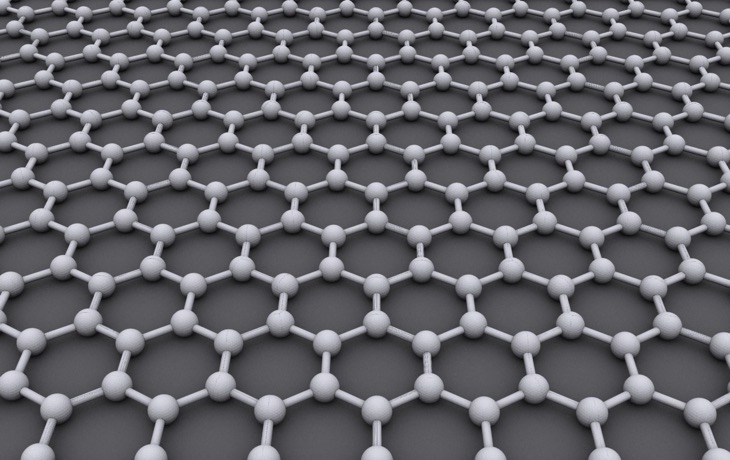
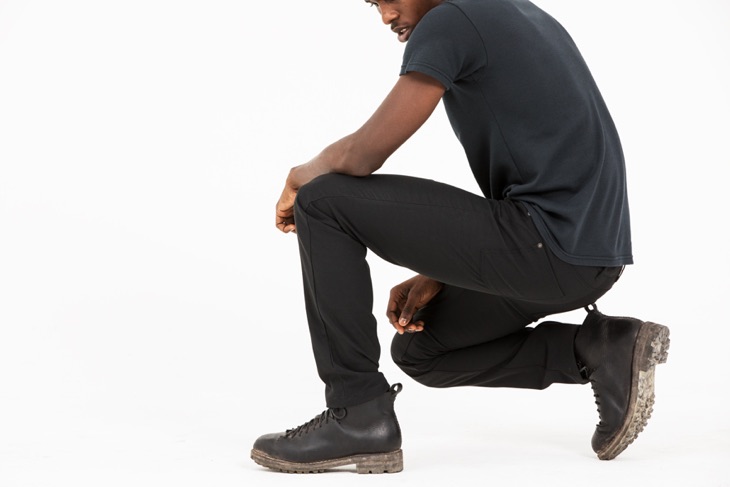
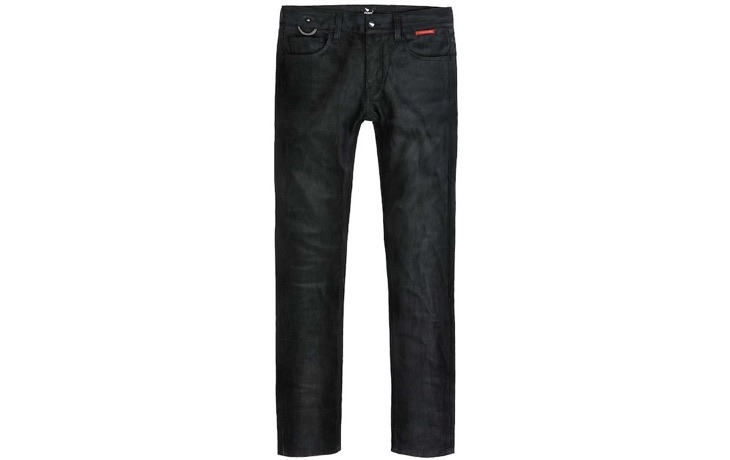
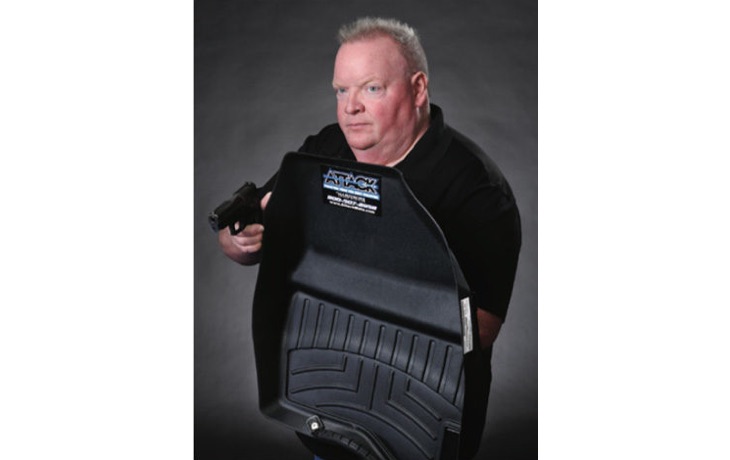
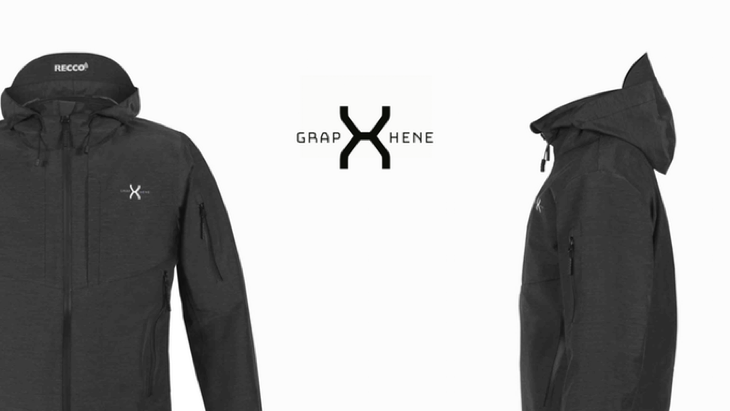
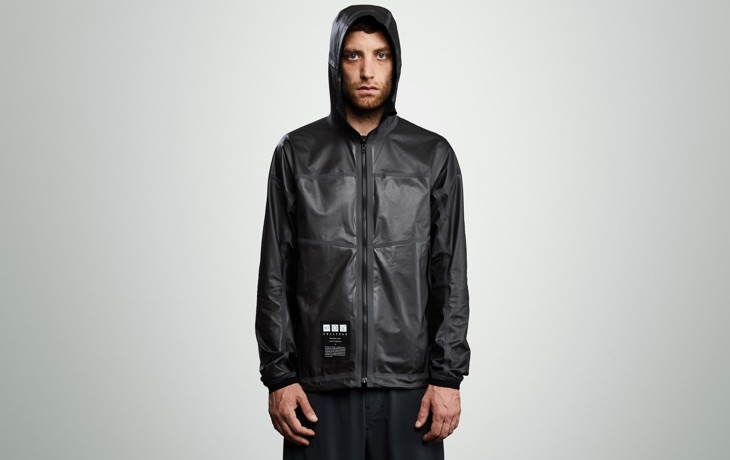
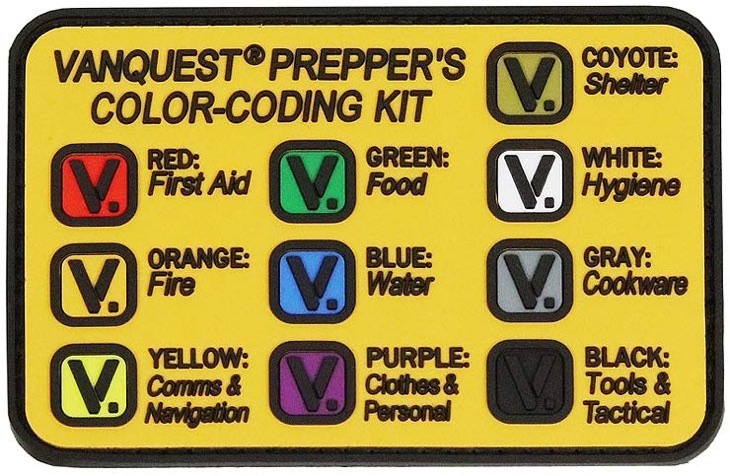
You are reporting the comment """ by on